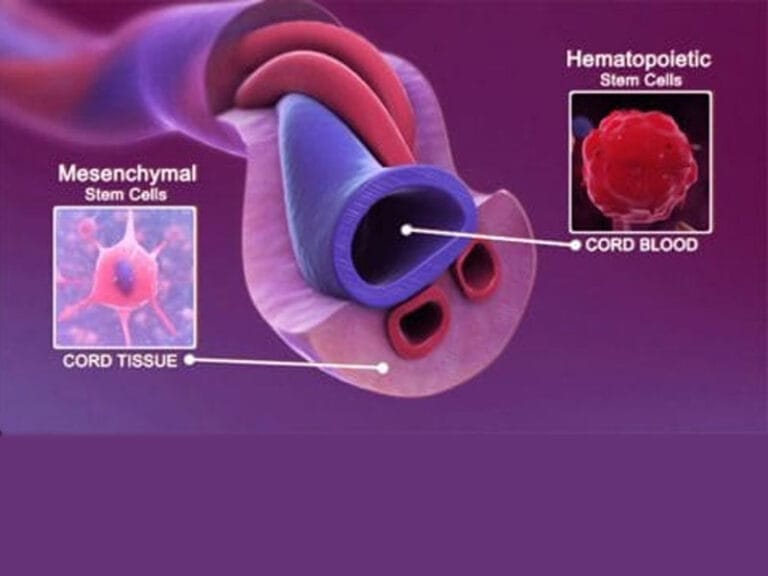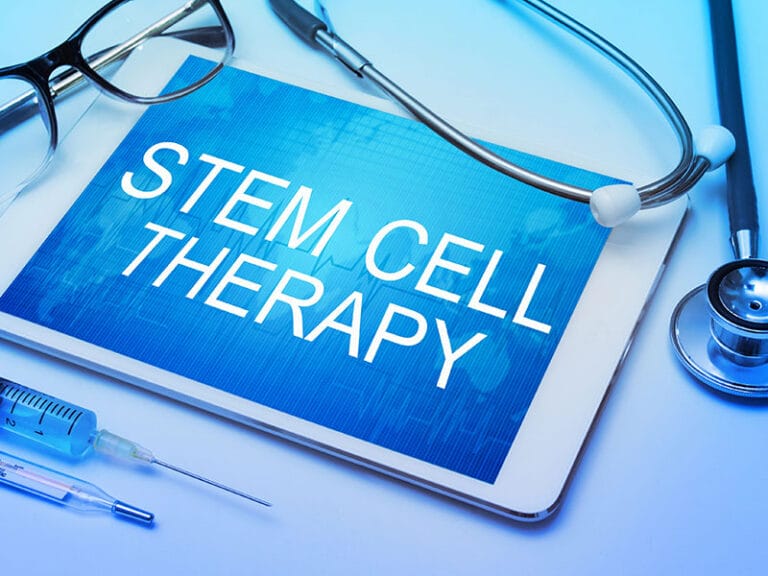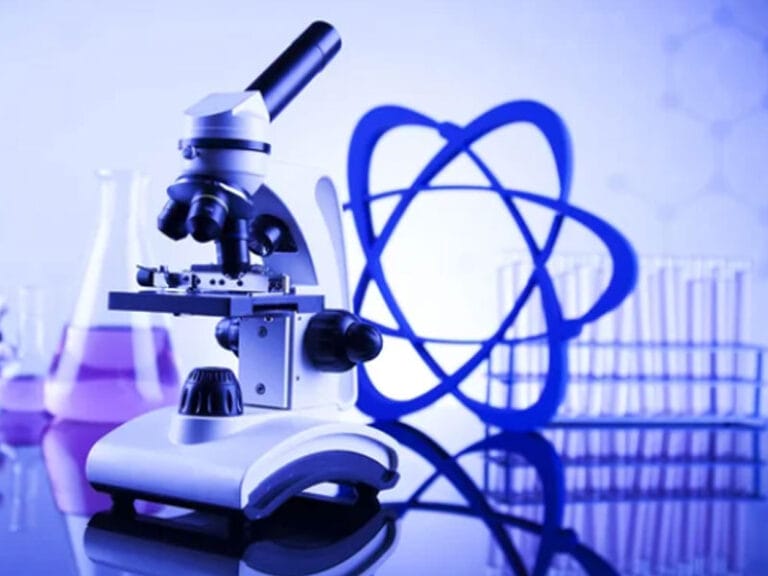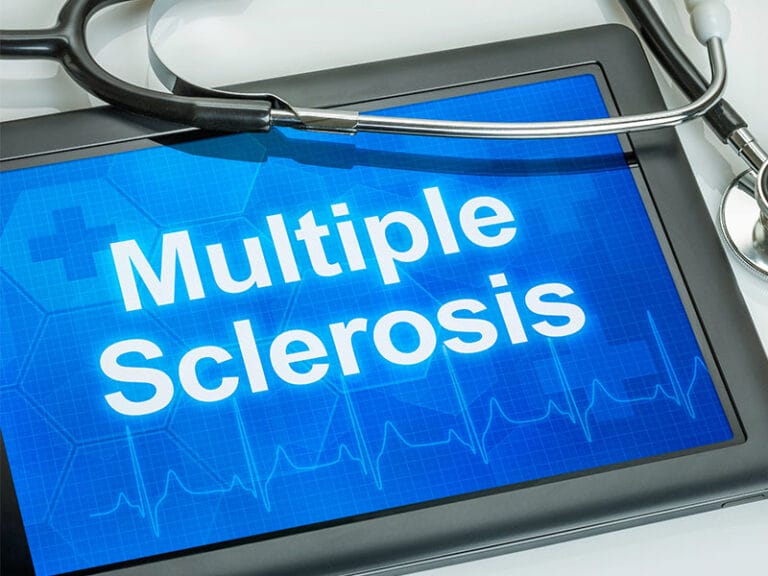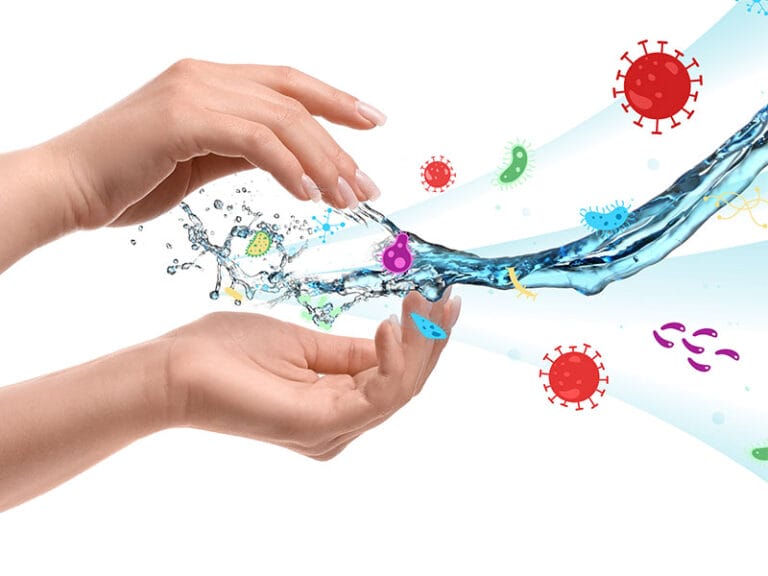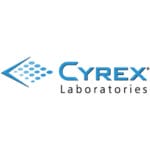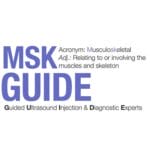Understanding Regenerative Medical Products: A Simple Guide
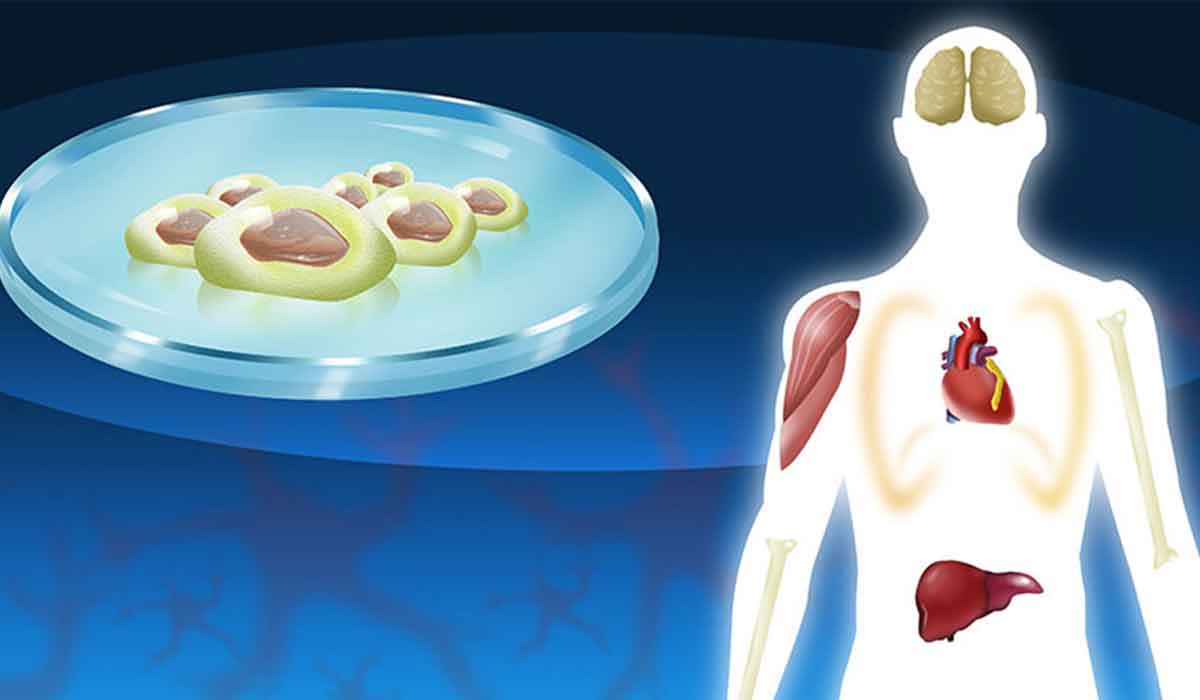
Have you ever wished your body could fix itself like magic?
Well, a new kind of medicine is pretty close to making that wish come true.
It’s called regenerative medicine, and it’s changing the way doctors help people heal.
Instead of just treating symptoms, these amazing treatments work with your body to repair damage from the inside out.
From special cells that can turn into any part of your body to tiny bubbles that carry healing messages, these treatments are revolutionizing medicine.
And they’re helping people right now.
Want to know how they work and if they might help you?
Let’s dive in and explore the exciting world of regenerative medicine!
Key Takeaways:
- Regenerative medicine uses special cells and tissues to help your body heal itself from injuries and diseases
- Stem cells, especially those from umbilical cords, can help with many health problems by turning into different types of cells.
- Wharton’s jelly, found in umbilical cords, is good for joint problems because it reduces swelling and helps repair damage.
- Exosomes are tiny bubbles that help cells communicate and can aid in healing, especially for brain issues.
- Different health problems may need different types of regenerative treatments, so it’s important to talk to a doctor about what’s best for you.
What is Regenerative Medicine?
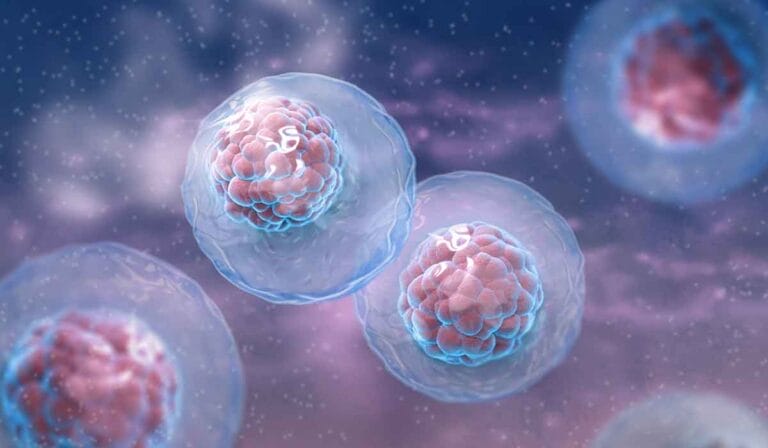
Regenerative medicine is a way to help your body fix itself. It uses special cells and tissues to repair damage from injuries or diseases.
In the past few years, doctors have found new ways to use these treatments to improve people’s health.
Types of Regenerative Products
Stem Cells
Stem cells are like the body’s handymen. They can turn into different types of cells to help fix problems. Umbilical cord stem cells have garnered attention for their potential benefits in treating a wide range of diseases and injuries. These unique cells are powerful tools for regenerative medicine, offering hope for conditions such as leukemia, lymphoma, and other blood-related disorders. Their ability to quickly divide and differentiate into various cell types makes them particularly valuable in medical research and treatment. In addition to their potential in treating blood-related disorders, umbilical cord stem cells also show promise in regenerating damaged tissues and organs. This has led to ongoing research and clinical trials exploring their use in treating conditions like spinal cord injuries and heart disease. The benefits of stem cell therapy are still being fully realized, but the potential for transforming the field of medicine is immense. With continued research and development, stem cells have the potential to revolutionize healthcare by providing new and effective treatments for a wide range of conditions
Types of Mesenchymal Stem Cells (MSCs):
Stem cells help facilitate healing and repair tissue damage.
Three Sources of MSCs
– Bone marrow (from inside your bones, surgical procedure required)
– Fat tissue – surgical procedure required
– Umbilical cords from the birth of healthy full term babies (these are the most robust of all MSCs)
Umbilical Cord Derived MSCs
The stem cells we use come from both the cord blood and Wharton’s Jelly: This makes them effective in treating a wide variety of conditions including:
- Autoimmune conditions
- Heart Disease
- Long Covid
- Neurological Conditions
- Liver & Kidney Disease
- Diabetes
- Irritable Bowel Disease (IBD)
- Lung Conditions such as asthma & COPD
Acellular Products
Exosomes
Exosomes are tiny bubbles that cells use to send messages.
They’re not live cells themselves, but they can:
- Help reduce inflammation
- Aid in healing
- Work well with other treatments
- Help with brain conditions because they can easily get across the blood brain barrier
How These Treatments Help
Different problems need different treatments. For example:
- Joint pain might need a shot right into the joint
- Medical conditions that affect internal organs (like Colitis or COPD) will need a treatment that goes into your blood (intravenous)
Remember, everyone’s body is different.
What works for one person might not work the same for another.
It’s important to talk to a doctor to find out which treatment is best for you.
FAQS
What is regenerative medicine and how does it work?
Regenerative medicine is a way to help your body heal itself using special cells and tissues. It works by putting these helpful cells into your body, where they can reduce swelling, repair damage, and even turn into new, healthy cells to replace the hurt ones.
Are stem cell treatments safe?
Stem cell treatments are safe when done by trained doctors, but like any medical treatment, they can have some risks. The most common side effects are usually mild, like feeling tired or having a slight fever, but it’s important to talk to your doctor about all possible risks and benefits before trying this treatment.
What’s the difference between stem cells and exosomes?
Stem cells are like tiny builders that can turn into different types of cells in your body to help fix damage. Exosomes, on the other hand, are like tiny messengers that carry important information between cells to help with healing, but they can’t turn into new cells themselves.
Can regenerative treatments help with joint pain?
Yes, regenerative treatments can often help with joint pain by reducing swelling and helping to repair damaged tissue. Treatments like stem cells and Wharton’s jelly are especially good for joint problems because they can be injected right into the sore joint to help it heal and feel better.
How long does it take to see results from these treatments?
The time it takes to see results from regenerative treatments can be different for each person, but many start to notice improvements within a few weeks to a few months. Some people might feel better quickly, while others might take longer to see changes, and your doctor will usually want to check on your progress to see how well the treatment is working for you.

